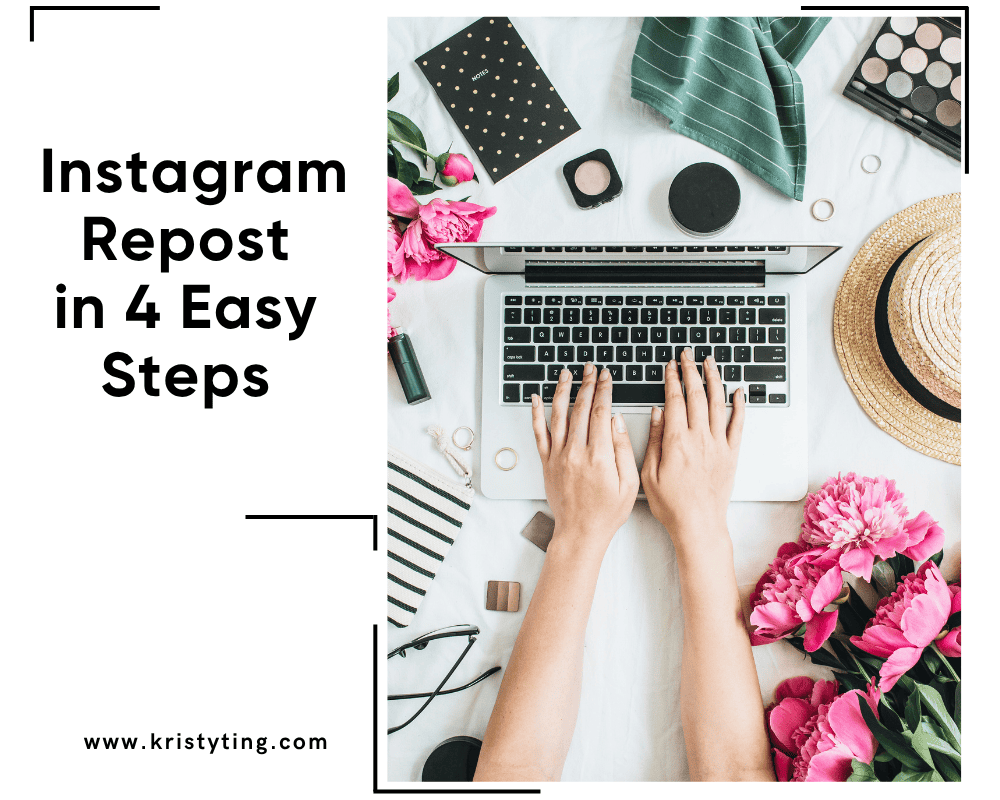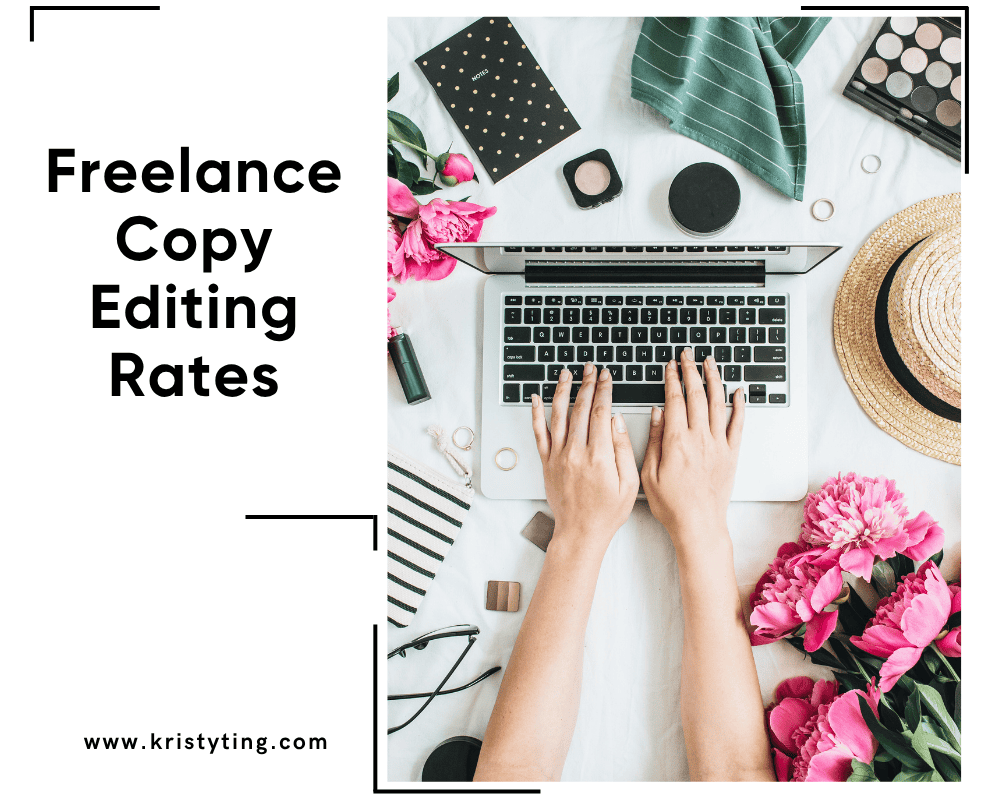This post may contain affiliate links. If you use these links to buy something we may earn a commission at no extra cost to you. Thank you for your support!
Are you an artist looking to take control of your career and be your own boss? Have you considered becoming a freelance artist? A freelance artist is a self-employed individual who creates and sells their artwork professionally. As a freelancer, you have the freedom to choose your own hours, rates, and clients, giving you more control over your career path.
The best way to become your own boss is to have your own business. So what is a freelance artist and what is a freelance business?
As a freelance artist, you run your own small business with your art as your products. You may have multiple clients and work from home, interacting with clients entirely online, especially in the case of digital artists. Your art is usually made to a client’s exact description, as it will be needed for a specific purpose. Freelance artists typically create art for clients in exchange for a fee, and they can work in a variety of mediums, such as painting, illustration, graphic design, and more.
We delve more into what an independent artist does and the types of work you may do when you get your first clients. We’ll also cover how much money freelance artists make – you may start off small, but trust me, with consistency and quality output, you’ll be able to pick and choose who you want to work with in future!
If you’re considering becoming a freelance artist, it’s essential to understand what it takes to succeed in this field. From creating a business model to finding clients and making sales, there are many factors to consider. In this article, we’ll explore what it means to be a freelance artist and provide tips on how to get started in this exciting and rewarding career.
What is a Freelance Artist?
Source: Canva
If you are interested in pursuing a career in the field of art, you may have heard the term “freelance artist” before. But what exactly does that mean? In this section, we will define what a freelance artist is, discuss the different types of freelance artists, explore the career path of a freelance artist, and look at the benefits of being a freelance artist.
Definition
A freelance artist is a self-employed individual who creates art for clients in exchange for a fee. They typically have multiple clients, work from home or a studio, and may interact with their clients entirely online. The art is usually made to a client’s exact description, as it will be needed for a specific purpose. Freelance artists can work in various fields of art, such as graphic design, fine art, illustration, and more.
This includes designing cartoon characters, a book cover, children’s books, characters for video games, promotional graphics, and lots more! (I’m sure you’ve done some of them before – otherwise, you wouldn’t be considering going freelance and reading this article! Though this is a great place to start, hee hee).
Types of Freelance Artists
There are different types of freelance artists, and the type of art they create can vary. Some of the most common types of freelance artists include graphic designers, visual artists, and illustrators. Each type of artist has its own unique set of skills and style of work. For example, a graphic designer may specialize in creating logos, while a fine artist may focus on creating paintings or sculptures.
Career Path
The career path of a freelance artist can vary greatly. Some freelance artists may have a degree in art or a related field, while others may be self-taught. Freelance artists often start by building a portfolio of their work and networking with potential clients. As they gain more experience and clients, they can set their rates and take on more significant projects.
Benefits of Being a Freelance Artist
Being a freelance artist has many benefits. Freelance artists have the freedom to choose their own hours, rates, and clients. They can work from anywhere, whether it’s from home or while traveling. Freelance artists also have the opportunity to work on a variety of projects, which can help them develop their skills and expand their portfolio.
In conclusion, a freelance artist is a self-employed individual who creates art for clients in exchange for a fee. There are different types of freelance artists, and the career path can vary greatly. Being a freelance artist has many benefits, such as flexibility, variety of work, and the ability to set your rates.
Steps to Becoming a Successful Freelance Artist
Source: Canva
If you’re interested in becoming a successful freelance artist, there are several steps you can take to achieve your goals. Here are some important steps to consider:
Developing Your Skill Sets
The first thing you need is to develop your creative skills. This requires a lot of practice and dedication. You can take classes, workshops, and online tutorials to improve your skills. It’s important to stay up-to-date with the latest trends and techniques in your field.
Build An Online Portfolio
Your portfolio is your calling card. It showcases your talent and creativity to potential clients. It’s important to have a strong portfolio that highlights your best work. You can create a freelance website or use social media platforms to showcase your portfolio.
Believe it or not, a professional looking portfolio can have you charging more and making extra money!
Establish Your Brand
Your brand is what sets you apart from other freelance artists. It’s important to establish a unique brand that reflects your personality and style. This includes creating a logo, choosing a color scheme, and developing a consistent visual identity, so people can identify you from your designs. (As a funnel designer, this is inevitably true, and also one of the best things you can do for your business – make awesome designs that truly set you apart).
You see, there are tons of freelancers online, but many are not willing to invest in courses or learn extra skill sets. Many cannot afford to. If you can, the extra knowledge you gain will serve you so much more.
Identify Your Target Audience
To be successful as a freelance artist, you need to identify your target audience. This includes understanding their needs, preferences, and budget. By understanding your target audience, you can tailor your services to meet their specific needs.
In the beginning, it will be normal for you to want to take on everyone and anyone, because you want to grow your skills, and also because by doing several different types of work, you’ll find one that suits your groove, and specialize in it.
Create a Business Plan
A business plan is essential to the success of any freelance artist. It outlines your goals, strategies, and financial projections. It’s important to have a clear understanding of your business and how you plan to achieve your goals. This takes very little time and helps you to have a clearer short-term target.
Setting Your Rates
Setting your rates can be tricky (though to me it is also the best part!) You want to be competitive, but you also want to make a profit. It’s important to research industry standards and consider your experience and skill level when setting your rates.
According to Talent, the average freelance artist salary in the United States is $48,750 per year or $23.44 per hour. Entry-level positions get paid $42,576 per year while more experienced workers make up to $95,745 per year.
As a freelancer, your income isn’t bound by these figures. You alone decide how much you want to make by determining the number of client work you want to take on and how much you charge each time. The more work you can handle, the more money you’ll make. Eventually, as your client base grows and job opportunities become regular, you’ll want to hire a team and scale from there (but we shall take it one step at a time).
Start small by deciding what kind of revenue you would consider enough income to support your lifestyle and expenses. Use this freelance hourly rate calculator to help you get an idea of what you should be charging.
Market Your Services
Marketing is essential to the success of any freelance artist. You need to get your name out there and promote your services. This includes creating a website, using social media, and networking with other professionals in your field.
Manage Your Time and Finances
Time management and financial management are essential skills for any freelance artist. You need to be able to manage your time effectively to meet deadlines and stay on top of your workload. You also need to manage your finances carefully to ensure that you’re making a profit and staying within your budget.
By following these steps, you can become a successful freelance artist. It takes hard work, dedication, and a commitment to your craft, but the rewards can be great. Good luck on your career path!
Related: Pricing your art as a graphic artist
Finding Clients as a Freelance Artist
Source: Canva
As a freelance digital artist, finding clients and landing consistent freelance jobs is an essential part of your business. Here are some tips to help you find clients and build your portfolio.
Networking and Building Relationships
Networking and building relationships with potential clients in the art world is an effective way to find new clients. Attend art shows, exhibitions, and other events where you can meet potential clients. Be sure to bring business cards and samples of your work. Building relationships with potential clients can lead to new opportunities and referrals.
Using Online Platforms
Online marketplaces and social media platforms are great places to find new clients. Platforms like Etsy, Society6, and Redbubble allow you to sell your artwork online. Social media platforms like Instagram, Facebook, and Twitter can help you promote your work and reach new clients.
Job Boards
Job boards like Upwork, Freelancer, and Fiverr are great places to find freelance work. These platforms allow you to create a profile and bid on projects. Be sure to bid on projects and type of work that match your skill set and experience.
Using job boards is always a good idea because many, many business owners turn to job boards to hire their staff and look for artistic talent. There are jobs for a freelance illustrator. Jobs for artist designers. Going through every job listing and applying for them can seem like a lot of hard work, but once you land a good client that comes back to you regularly, you’re already miles ahead of that new struggling freelancer looking to land their first job.
Many successful freelance artists get a big break from job boards. Another hidden gem is LinkedIn. Looking for jobs on LinkedIn is an amazing way to find clients as well.
Cold Pitching
Cold pitching involves reaching out to potential customers who may not be actively looking for a freelance artist. Research small businesses and startups in your area and reach out to them with a personalized email or phone call. Be sure to highlight your experience and the quality of your work.
Referrals
Referrals are a great way to find new clients. Ask your current clients to refer you to their friends and colleagues. Offer incentives like discounts or free artwork for referrals.
Advertising Your Services
Advertising your services can help you reach new clients. Consider running ads on social media platforms like Facebook and Instagram. Be sure to target your ads to your ideal client.
Remember, finding clients takes time and effort. Be patient and keep putting yourself out there. Good luck with your next step as a self-employed artist. Don’t forget to keep track of your expenses for tax deductions and be sure to pay your taxes on time. Providing quality work and building strong relationships with your clients can lead to repeat business and referrals. Don’t be afraid to ask for help or collaborate with team members in the freelance space. And if you’re feeling stuck, take a short walk or break and come back with fresh eyes.
What Is A Freelance Artist: Managing Your Freelance Career
Source: Canva
As a freelance artist and self-employed person, managing your career is essential to your success. Here are some tips to help you manage your time, balance your freelance work with a day job, set boundaries, continue your education, and stay organized.
Time Management
Time management is crucial when working as a freelance artist. You have to balance your time between working on projects, finding new clients, and managing your business assets. To manage your time effectively, consider using a calendar or scheduling software to keep track of your deadlines and appointments. Prioritize your work and allocate specific times for each task. This will help you stay on track and ensure that you complete your work on time.
Balancing Freelance Work with a Day Job
If you have a full-time job and want to freelance in your spare time, it’s important to find a balance that works for you. Consider working on your freelance projects during specific times, such as evenings or weekends. Be realistic about how much work you can take on and how much time you have available. It’s also important to communicate with your clients about your availability and set clear expectations.
Setting Boundaries
Setting boundaries is important when working as a freelance artist. It’s easy to get caught up in your work and forget to take breaks or set limits on how much work you take on. Establish clear boundaries with your clients about your availability, rates, and scope of work. Don’t be afraid to say no to projects that aren’t a good fit or that you don’t have time for. Remember, it’s important to take care of your mental and physical health as well.
Continuing Education
As a freelance artist, it’s important to stay up-to-date with the latest trends and techniques in your field. Consider taking online courses or attending workshops to improve your skills and expand your knowledge. This will help you provide the best work possible to your clients and stay competitive in the industry.
Staying Organized
Staying organized is crucial when working as a freelance artist. Keep track of your projects, deadlines, and clients using a project management tool or spreadsheet. Create a system for tracking your income and expenses, and make sure to keep your receipts and invoices organized. This will help you stay on top of your finances and make tax time easier.
In conclusion, managing your freelance career takes time and effort, but it’s essential to your success. Use these tips to help you manage your time, balance your work, set boundaries, continue your education, and stay organized. By doing so, you’ll be able to provide the best work possible to your clients and achieve your goals as a freelance artist.
Summary
In conclusion, becoming a freelance artist can be a rewarding and fulfilling career choice. As a freelance artist, you have the freedom to choose your own hours, rates, and clients. You can work from home or anywhere in the world as long as you have a computer and an internet connection.
However, being a freelance artist also requires dedication, hard work, and discipline. You need to constantly market yourself, network, and improve your skills to stay competitive and relevant in the industry. You also need to manage your finances, taxes, and contracts to ensure that you are getting paid fairly and legally.
If you are passionate about art and have the drive to succeed, then freelancing as an artist may be the perfect career path for you. Just remember to set realistic goals, stay focused, and always keep learning and growing as an artist. With persistence and determination, you can turn your passion for art into a successful and fulfilling career as a freelance artist.





